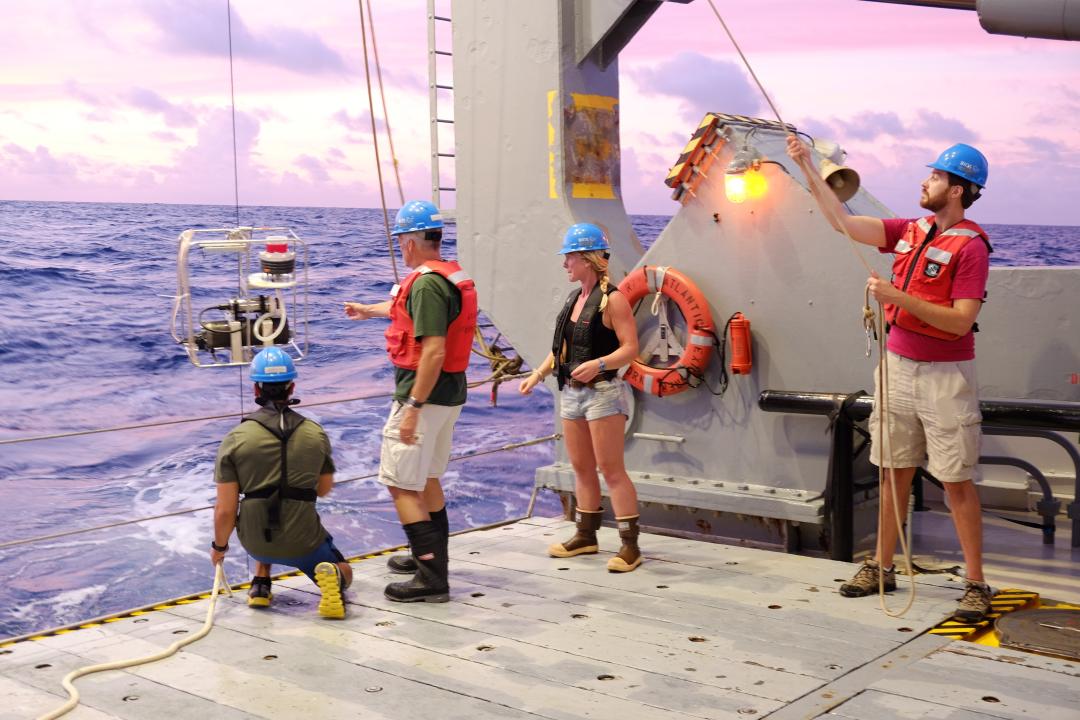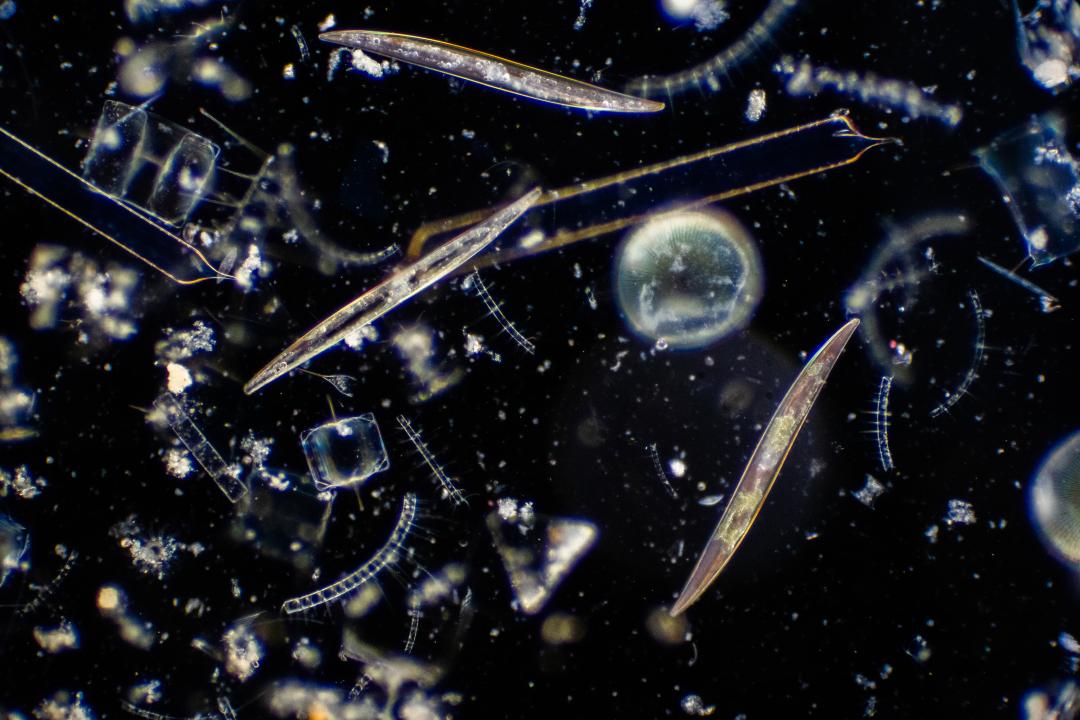With areas of distinction in marine science, materials science, data science, biomedical science – and other research areas, OSU faculty and students are fighting climate change and moving the world forward to a greener future – whether that is through harnessing new materials, interpreting complex data or reimagining how organisms can adapt to changes. We share just a few examples in this three-part series.
With expertise spanning marine ecology, biofuel development, new modes of energy capture, evolutionary genetics and the microbiomes of coral reefs, student and faculty researchers at Oregon State University are committed to using science to help create a livable planet for the future.
Oregon State has firmly established itself as a world leader in marine science. Our faculty are frequently called upon for their expertise in coral reef bleaching, ocean acidification and coastal ecosystem preservation. They exemplify the College’s dedication to leadership on the world stage - with Distinguished Professor of Integrative Biology Jane Lubchenco currently serving as Deputy Director for Climate and the Environment for the Biden Administration, and several faculty holding leadership roles in other federal institutions.
The fight to save coral reefs in peril
Although coral reefs make up a small percentage of ocean floor coverage, scientists believe they contain even more biodiversity than a tropical rainforest – or anywhere else in the world. Home to nearly one-quarter of all known marine species, coral reefs help regulate the sea’s carbon dioxide levels and are a crucial hunting ground that scientists use in the search for new medicines.
Corals are made up of delicate living organisms, which live symbiotically with tiny colorful algae known as zooxanthellae. The zooxanthellae live inside the corals, and provide them with energy as well as their color. Corals are particularly sensitive to changes in temperature. Climate change-induced spikes in global temperatures cause corals to lose their zooxanthellae, which leads to starvation and often death. At extreme temperatures, distressed corals may die immediately, leaving a white skeleton barren of the nutrients the reef ecosystems depend on, which is known as mass bleaching.
The first mass bleaching event ever recorded occurred in 1998, and since then it has become an increasingly significant problem. A heatwave from 2014-17 caused a third mass bleaching event that affected more than 75% of tropical corals throughout the world. Since their first appearance 425 million years ago, corals have branched into more than 1,500 species, including the one at the center of this research: the critically endangered Acropora cervicornis, commonly known as the Caribbean staghorn coral.
In 2019, scientists in the lab of microbiology Associate Professor Rebecca Vega Thurber identified a new genus of parasitic bacteria that flourishes when reefs become polluted with nutrients, siphoning energy from the corals and making them more susceptible to disease. “The bacterial genus we’ve identified is found around the world and in multiple types of corals, but is most notably found in high abundance in the microbiomes of Caribbean staghorn coral,” said study co-author Grace Klinges, also a Ph.D. candidate in the Vega Thurber lab.
Meanwhile, biologist Virginia Weis has long been regarded as a world expert in the cell biology of coral-algae symbiosis. For more than two decades, her research has focused on the symbiotic association between corals and the algae they harbor within their cells, and the role of this mutualistic relationship in the foundation and sustenance of healthy coral reef ecosystems.
In her laboratory, Weis and her graduate students closely examine the molecular partnership between corals and algae, their communication and signaling patterns that regulate the symbiosis, and how dysbiosis or a breakdown in partnership results under conditions of stress induced by heat and environmental pollution. They are also investigating gene editing techniques that could alter the molecular cellular make-up of the symbionts of host animals. The long-term goal would be to provide the tools for engineering corals that are more resilient to bleaching.







